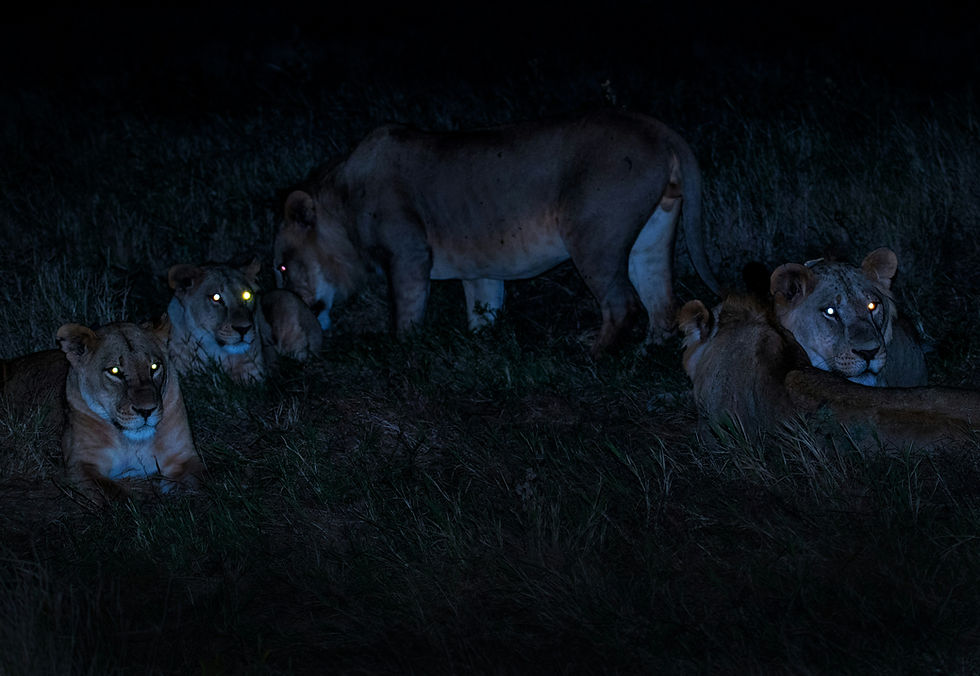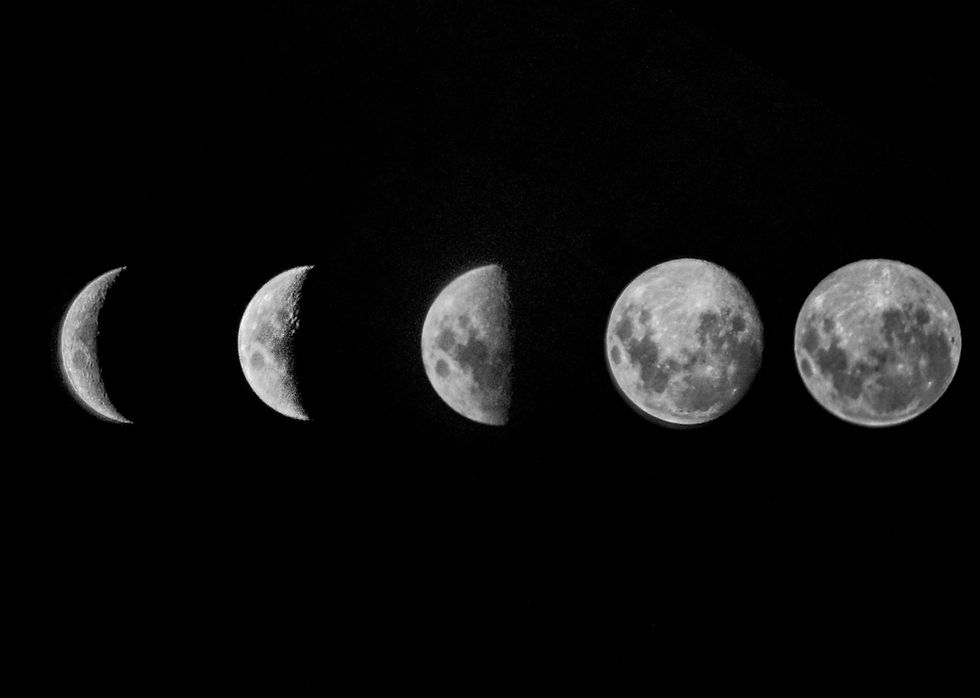Dark Sky Tourism: A Beginner’s Guide to Stargazing
- The Editor

- Jul 1
- 4 min read
Updated: Jul 3
The stars are fading from view. Each year, the night sky brightens by approximately 10% on average due to increasing light pollution, a phenomenon confirmed by a global community science project. This escalating glow means fewer and fewer stars are visible to the naked eye.
The simple act of looking up at a truly dark sky has become a rare and radical experience. Enter dark sky tourism—a growing movement that invites travelers to reconnect with the cosmos, one constellation at a time.
Whether you're a seasoned astrophotographer or a curious first-timer, this guide will walk you through the essentials of stargazing travel: where to go, what to bring, and how to make the most of your time under the stars.
🌌 What Is Dark Sky Tourism?
Dark sky tourism is a form of noctourism that centers on experiencing the night sky in its natural, unpolluted state. It includes:
Stargazing and meteor shower viewing
Astrophotography and telescope tours
Cultural astronomy experiences
Nighttime hikes and moonlit meditations
At its core, dark sky tourism is about slowing down and looking up—reclaiming a sense of awe that’s been dimmed by city lights and digital distractions.
🌍 Why It Matters: The Case for Cosmic Conservation
According to the International Dark-Sky Association (IDA), over 80% of the world’s population lives under light-polluted skies. This not only obscures our view of the stars but also disrupts ecosystems, human health, and cultural heritage.
Dark sky tourism supports:
Environmental sustainability by promoting low-impact travel
Cultural preservation through indigenous sky lore and storytelling
Mental well-being by encouraging mindfulness and awe
In short, it’s not just about seeing stars—it’s about protecting the night.

🗺️ Where to Go: Top Dark Sky Destinations for Beginners
Here are five beginner-friendly destinations that combine accessibility with celestial beauty:
1. Big Bend National Park, Texas, USA
One of the darkest skies in North America, with ranger-led stargazing and wide-open desert views.
2. Aoraki Mackenzie, New Zealand
A certified Dark Sky Reserve offering observatories, astrophotography tours, and Māori sky legends.
3. NamibRand Nature Reserve, Namibia
Africa’s first Dark Sky Reserve, where the Milky Way stretches from horizon to horizon.
4. Galloway Forest Park, Scotland
Europe’s first Dark Sky Park, with forest trails, stargazing platforms, and cozy lodges.
5. Atacama Desert, Chile
Home to some of the clearest skies on Earth, with high-altitude observatories and cosmic silence.
Want something closer to home? Use the IDA’s Dark Sky Places map to find certified locations near you.
🔭 What to Bring: Your Stargazing Starter Kit
You don’t need fancy gear to enjoy the night sky—but a few essentials can elevate your experience:
Red flashlight: Preserves night vision while illuminating your path
Star map or app: Helps identify constellations and planets
Binoculars: Great for moon craters and star clusters
Blanket or reclining chair: Comfort is key for long sky sessions
Thermos and layers: Nights can get chilly, even in warm climates
Notebook or voice memo app: Capture thoughts, sketches, or sky poetry
Optional: A DSLR camera with a tripod if you’re curious about astrophotography.
🧠 How to Read the Sky: A Beginner’s Primer
Start with the basics:
The Big Dipper: A gateway to finding Polaris (the North Star)
Orion’s Belt: Visible in winter, easy to spot
The Milky Way: Best seen in summer from dark locations
Planets: Venus (brightest), Jupiter (largest), Saturn (with rings)
Meteor showers: Look up dates for the Perseids (August) or Geminids (December)
Use apps like Sky Guide, Stellarium, or Star Walk to enhance your learning.

🧭 When to Go: Timing Your Stargazing Trip
Timing is everything in dark sky tourism. Consider:
Moon phase: New moons offer the darkest skies
Season: Winter skies are crisp and clear; summer offers the Milky Way
Altitude: Higher elevations = thinner atmosphere = better visibility
Weather: Check for cloud cover and humidity levels
Solar activity: 2025 is a peak year for aurora viewing due to the solar maximum
Pro tip: Plan your trip around a meteor shower or astronomy festival for added magic.
🧘♀️ How to Experience It: Mindful Stargazing Practices
Dark sky tourism isn’t just about seeing—it’s about feeling. Try these practices:
Silent stargazing: Sit in stillness and let your senses adjust
Sky journaling: Write what you see, feel, and imagine
Constellation storytelling: Invent your own myths or learn indigenous ones
Breathwork under the stars: Sync your breath with the rhythm of the night
Night photography walks: Capture the interplay of shadow and starlight
These rituals turn stargazing into a transformative experience, not just a visual one.
🧑🤝🧑 Who It’s For: Travelers Who Thrive in the Dark
Dark sky tourism is ideal for:
Solo travelers seeking introspection
Couples craving quiet connection
Families introducing kids to wonder
Photographers chasing celestial compositions
Wellness seekers looking for digital detox and awe
It’s also a great entry point for those who feel overwhelmed by traditional travel. There’s no rush, no crowds—just you and the cosmos.
🌱 How to Travel Responsibly: Light-Free, Low-Impact Tips
To protect the night for future generations:
Use red lights instead of white flashlights
Avoid flash photography in natural areas
Stay on trails to protect nocturnal wildlife
Support local guides and astronomy educators
Choose eco-lodges that minimize light pollution
Leave no trace—especially in fragile desert or alpine environments
Remember: The darker the sky, the lighter your footprint should be.
🧩 Keep reading about the topic of Noctoursim here: https://www.quietcations.com/post/noctourism-experiences



Comments